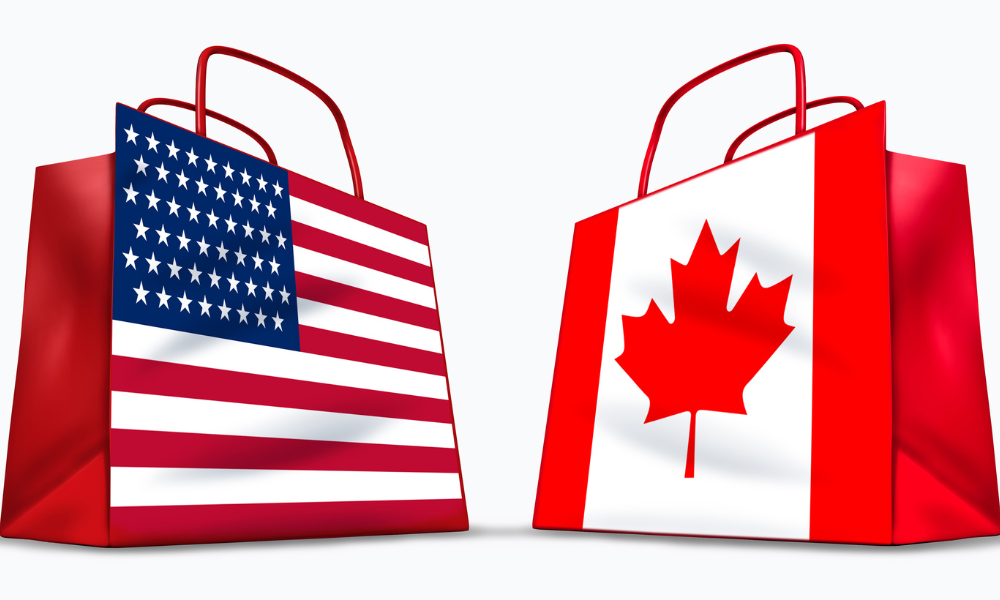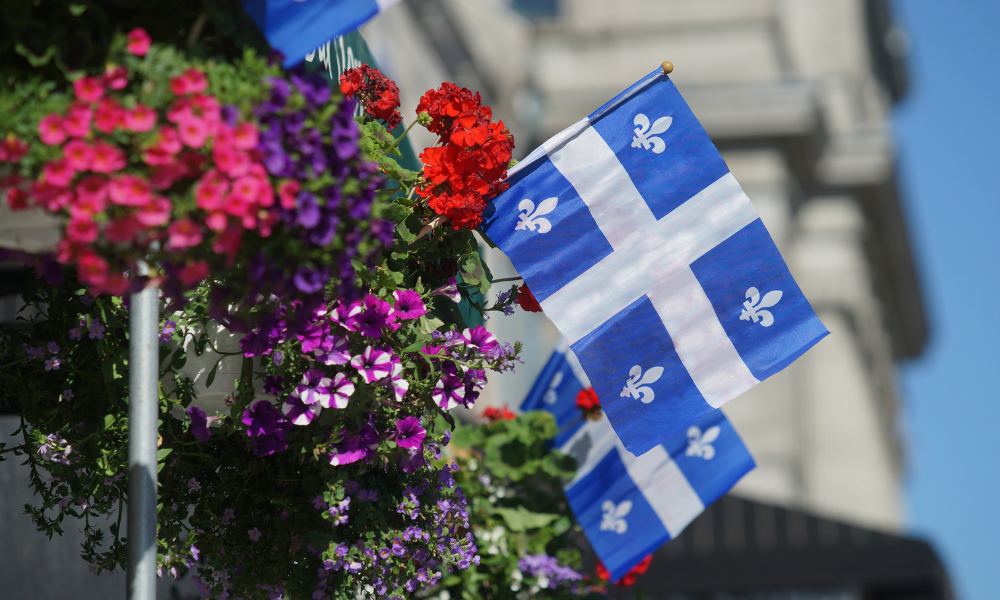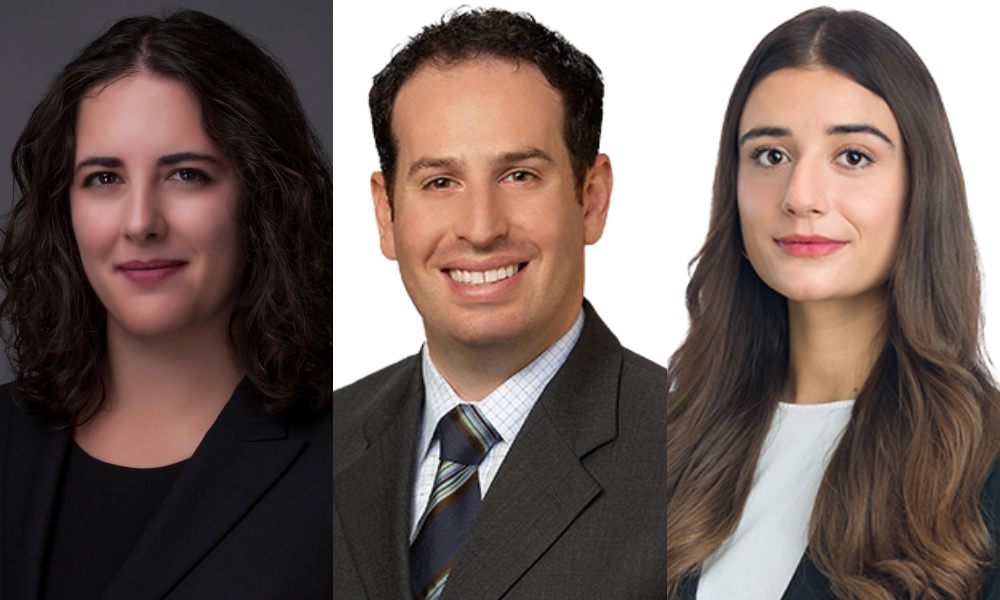American culture values excitement and enthusiasm, while East Asian cultures emphasize calm, serenity, say researchers

(Note: This article originally appeared in Canadian HR Reporter Weekly, our new digital edition for subscribers. Sign up today to make sure you don't miss future issues: www.hrreporter.com/subscribe.)
In looking at a variety of media — whether it’s children’s books, social media pictures or official photos of national leaders — there can be marked differences in the emotional states conveyed by people from different cultures.
And that variation could have a negative impact when it comes to job applicants because of the way they present themselves during the interview process, according to researchers.
“American culture really values excitement states — excitement, enthusiasm, these high-arousal, positive states — more than East Asian cultures (which) place more emphasis or value on calm, peacefulness, serenity — what we call these low-arousal, positive states,” said Jeanne Tsai, director of the Stanford Culture and Emotion Laboratory at Stanford University in California.
As a result, job candidates from East Asian cultures may face an uphill battle in contending with an American culture that values enthusiasm over calm.
“You can see both on the side of people who are applying for jobs and the people that are hiring for jobs, that what they’re trying to show and what they’re looking for are very much a product of their culturally valued emotional states,” said Tsai, co-author of the study Should job applicants be excited or calm? The role of culture and ideal affect in employment settings.
The researchers conducted five studies that included a total of 1,041 participants in five different workplace scenarios, comparing European Americans and Asian Americans living in the United States with Chinese living in Hong Kong.
In one experiment, participants were asked to fill out an application for a hypothetical internship, including a video introducing themselves. Eighty-six per cent of European Americans and 72 per cent of Asian Americans wanted to convey excitement rather than calm, while 48 per cent of Hong Kong Chinese wanted to show excitement.
The researchers also looked at people’s facial expressions during the recruitment process.
“We found European and Asian Americans are using what we call high-intensity smiles, or these big, toothy, Julia Roberts-type smiles, and Hong Kong Chinese are doing that less — they’re smiling at the same rates but they’re using low-intensity or calm smiles that are a lot more subdued,” said Lucy Zhang Bencharit, post-doctoral researcher at Stanford University and co-author of the study.
To assess how this might affect hiring decisions, the researchers asked working adults to imagine their ideal job candidate. European Americans and Asian Americans pictured someone who’s excited and enthusiastic, while Hong Kong Chinese spoke of someone who’s calm and relaxed.
To test this further, researchers presented hiring individuals with videos of three different candidates: an excited one, a calm one and a neutral one. Again, the European and Asian Americans preferred the excited candidate, while the Hong Kong Chinese liked the calm one.
“There’s evidence that these emotional values are really influencing the types of people we look for and the types of people we end up choosing and hiring,” said Bencharit.
Finally, the researchers queried hiring managers attending a company’s annual retreat. In looking at the videos, 47 per cent preferred the excited candidate while 24 per cent chose the calm one and 29 per cent liked the neutral one.
Interestingly, one person said the calm person seemed obsessed with being calm and kept mentioning that emotional state, said Tsai. But the content of the videos was carefully controlled to ensure words around calm and excitement were used in equal amount.
“So, when the candidate is showing your ideal or conveying your ideal that’s shaped by culture, you don’t even notice it, you just code them as ‘Oh, that’s a great candidate.’ But when the candidate is saying the opposite or contradicts the ideal, then you think something’s wrong with them.”
In meeting people for the first time, people often make quick judgments, often on gut feelings or how they want to feel, shaped by their culture, said Tsai.
“The problem with that is that then when we’re interviewing people who are from different cultures, we might make the wrong attribution about them, we might think they’re not very friendly or not very warm, when in fact they are, they’re just showing that in the way that their culture teaches them to show it.”
Some have suggested these results mean students and job applicants should make a point to be more excited during the interview process, said Bencharit.
But in that case, you’re placing the burden on a certain group of people, she said, “typically racial and ethnic minorities who value these states less, so it’s really unfairly putting that burden to adjust on these larger American values on the group who’s being marginalized the most.”
Implications for employers
If the research is correct, employers may be missing out by hiring only excited or enthusiastic candidates, versus calmer candidates who can bring a different perspective, said Bencharit.
“Businesses see these excited candidates as people who are better suited for the positions or a better fit for their company because they value excitement, in large part. And what we’re suggesting is that they should see they’re missing out on valuable workers that may be overlooked if they’re only hiring based on emotional fit or emotional expressions,” she said.
“Calm candidates bring a lot of skills and different types of skills that if we’re thinking about putting people in a team might be a really good fit, because you don’t want everyone to be very excited and enthusiastic and outspoken — that might cause problems. So, we want businesses to really see that calm is important and should be valued as well.”
Research has shown that people who value calm largely want to adjust to others, while those who value excitement often want to influence others, said Bencharit, “so if people who are valuing and expressing calm are driven by motivation to adjust to others, you can see that that can be a huge benefit if they’re listening to other people, taking in ideas, being more receptive to others.”
Employers focused on having a diverse workforce might be unconsciously and inadvertently creating emotionally homogenous groups or organizations, and inadvertently discriminating against people from particular cultures, said Tsai.
“For an institution to thrive, there has to be people who are good at lots of different things and respond in different ways. So, in some cases, it’s better to have a calm candidate, somebody who’s going to calmly respond to a situation.”
While there’s greater awareness these days around racial or gender diversity, emotional diversity is also important, she said.
While some people might say it’s best if international students or employees from other countries are taught to be more enthusiastic, another intervention is to teach employers to think more carefully about the kinds of assessments they’re making about potential employees, especially those from different cultures.
“Some people have been recommending more generally the practice of having to provide a rationale for why you like one candidate or prefer one candidate or don’t like or don’t prefer one candidate. It just makes you deliberate or think a little bit more deeply about on what basis you’re making those decisions or… have those preferences,” said Tsai.
And there are further implications when it comes to leadership and the “bamboo ceiling,” in which Asian candidates have trouble going beyond management level to more senior positions.
“We’ve been interested in why this bamboo ceiling exists, and we think it might be because many Asian-Americans value calm states and associate good leadership with those qualities,” said Bencharit. “But mainstream American culture associates good leadership with being excited and enthusiastic.”




